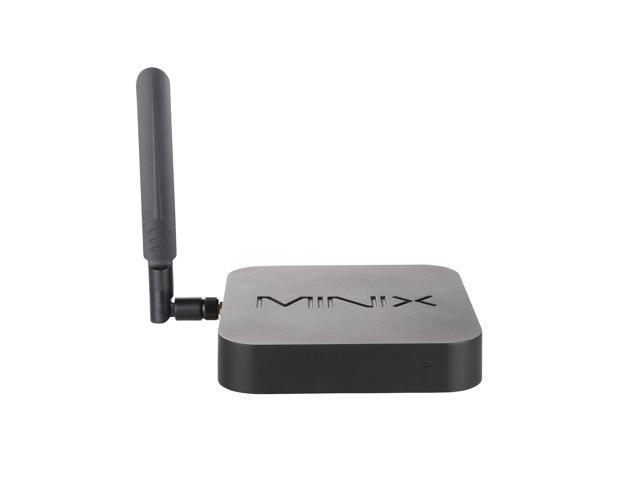Can the price direction of Ethereum be predicted for periods of days, using non-financial measurements of demand, to facilitate hedging against emerging financial risks? On July 25th 2017 the SEC published guidance indicating that US securities laws may apply to token sales, effectively recognizing crypto coins associated with entities such as the DAO as a new asset class. In Mutual Distributed Ledgers, or Blockchains, trust is embedded and no explicit chain of trust is necessary. Smart contracts running on a Blockchain allow to create objects with various degrees of liquidity and to automate the operations of a fund, enabling trustless crypto markets. However unpredictable the price of financial instruments (including cryptocurrencies) might be, what lies at the heart of the issue is a matter of demand-side economics: the coders who contribute to the public project, the ones who develop decentralised applications on the Ethereum blockchain, and those who peruse knowledge of the development community for private projects, all are suppliers of technology -but consumers of Ethereum related-content. Likewise, the miners who validate transactions are suppliers to the ecosystem (they create Ether, the fuel of the Ethereum blockchain), but consume information about mining pools, mining calculators, and the like. Finally, end-users signal demand by using wallets, exchanges, and retailers that accept ETH as a payment method. Investors looking for Ethereum price predictions in 2017, 2018, 2020 or 2030 will therefore benefit from approaching the subject with a demand economics mindset. This approach is not confined to managers: counsels and other trusted advisors can benefit from the insights provided by simple models based on mainstream economic concepts (with no need for a trained data scientist). Finally, the possibility of predicting a seemingly unpredictable thing -the price of a crypto security- within knowable error margins and defined time frames, not only offers oppo















